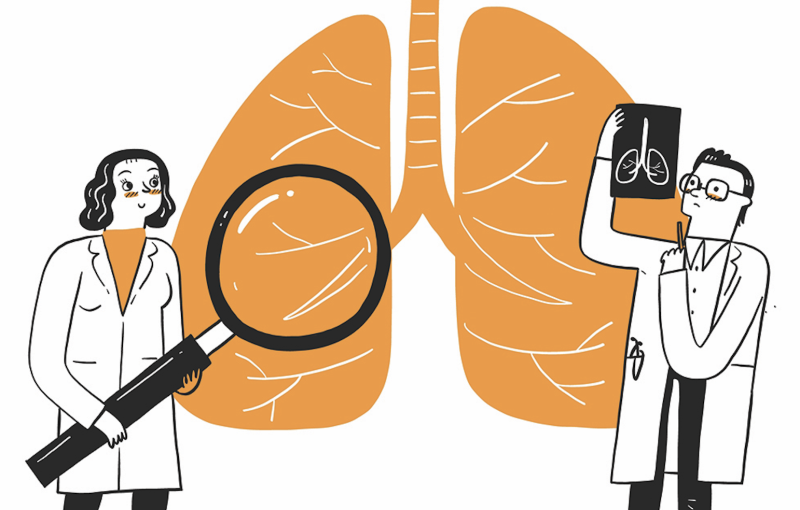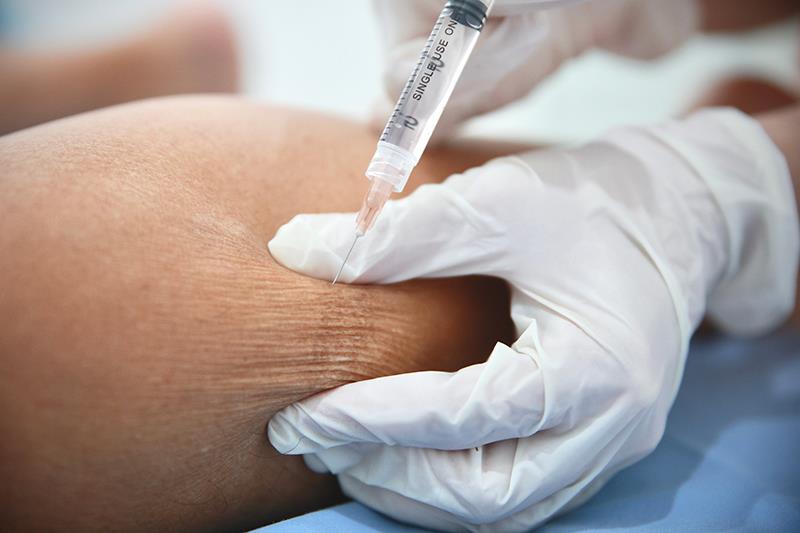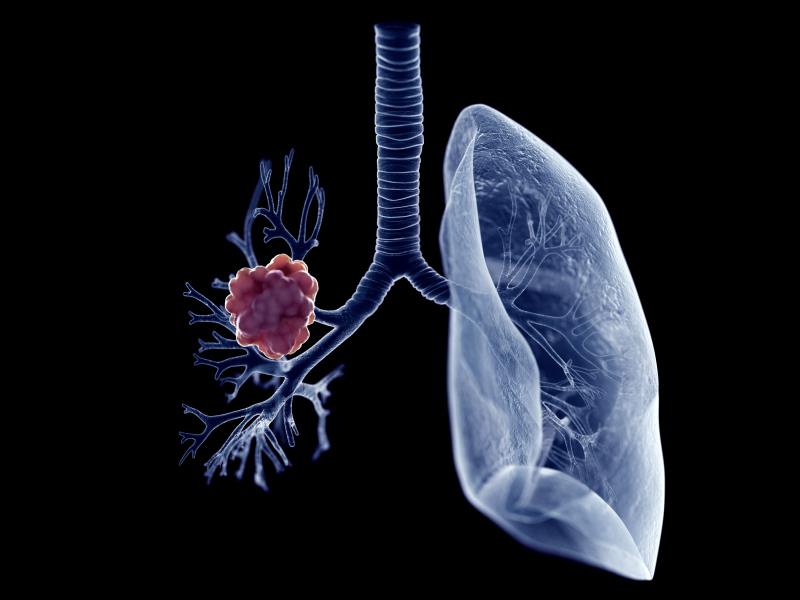Content on this page:
Content on this page:
Overview
Lung cancer develops when cells inside the lungs (lining of
the bronchi) begin to grow out of control, invade nearby tissues, and
metastasize as stated in the Introduction
section.
Lung cancer is the leading cause of cancer mortality in the
world. Incidence and prevalence of this cancer worldwide and regionally can be
found in the Epidemiology
section.
The pathophysiology of lung cancer is not completely
understood but there are hypotheses that carcinogen exposure contributes to the
mechanism of development of this cancer and they are discussed in the Pathophysiology section.
The Risk Factors
section discusses the patient factors that contribute to the development of
lung cancer. The radiologic factors that are used in assessment of lung cancer
are enumerated in this section.
The Classification
section enumerates and differentiates the risk categories, lung classification
based on histologic diagnosis and the World Health Organization (WHO) 2021
classification of thoracic tumors.
History and Physical Examination
Primary tumor-related symptoms include cough, dyspnea,
hemoptysis, and wheezing. The Clinical
Presentation section enumerates other symptoms of lung cancer.
Paraneoplastic syndromes are also discussed in this section.
Pertinent information that should be elicited in History is in this section.
The Physical Examination
section states the 2 important factors that predict the survival of patients
following treatment which are weight loss and performance status.
The Screening section
enumerates the recommendations for patients with lung nodules on initial
treatment screening and for follow-up or annual screening using low-dose CT
scan.
Diagnosis
Tests and imaging procedures to assess patients suspected of
having lung cancer are enumerated and discussed in the Laboratory Tests and Ancillaries and Imaging
sections.
The Diagnosis or
Diagnostic Criteria section
states that diagnosis of a patient will depend on the size of the tumor,
location of the tumor, presence of mediastinal or distant disease, presence of
pulmonary pathology and/or other comorbidities, and the experience and
expertise of the healthcare personnel.
The Differential
Diagnosis section enumerates the diseases that may mimic lung
cancer, and these should be ruled out.
Management
The Evaluation
section mentions the non-small cell lung cancer Tumor, Nodes, and Metastasis
(TNM) system 8th edition staging and patient assessment. This
section also discusses the staging of small-cell lung cancer that includes the
limited disease and extensive disease.
Treatment strategies for small-cell lung cancer are
discussed in the Principles of Therapy
section.
The Pharmacological Therapy
section includes the discussion of therapeutic options for
non-small cell lung cancer perioperative systemic chemotherapy,
chemoradiotherapy, systemic therapy, subsequent therapy, continuation
maintenance therapy, switch maintenance therapy, and postoperative therapy. It
also has discussions on small-cell lung cancer systemic therapy and palliative
care for lung cancer.
Surgery is the treatment of choice for the management of stage
I and II non-small cell lung cancer and considered only for patients with
clinical stage I-IIA small cell lung cancer. Indications for surgery and
discussion about the options and techniques are discussed in the Surgery section.
Radiation therapy is an adjunct to management of patients
with non-small cell lung cancer and a vital part of treatment of small cell
lung cancer. The different types of radiation therapy are analyzed in the Radiation Therapy section.
Disease recurrence should be monitored using
different examinations. Tests and assessments to be done in surveillance of
patients with lung cancer are in the Monitoring
section.












